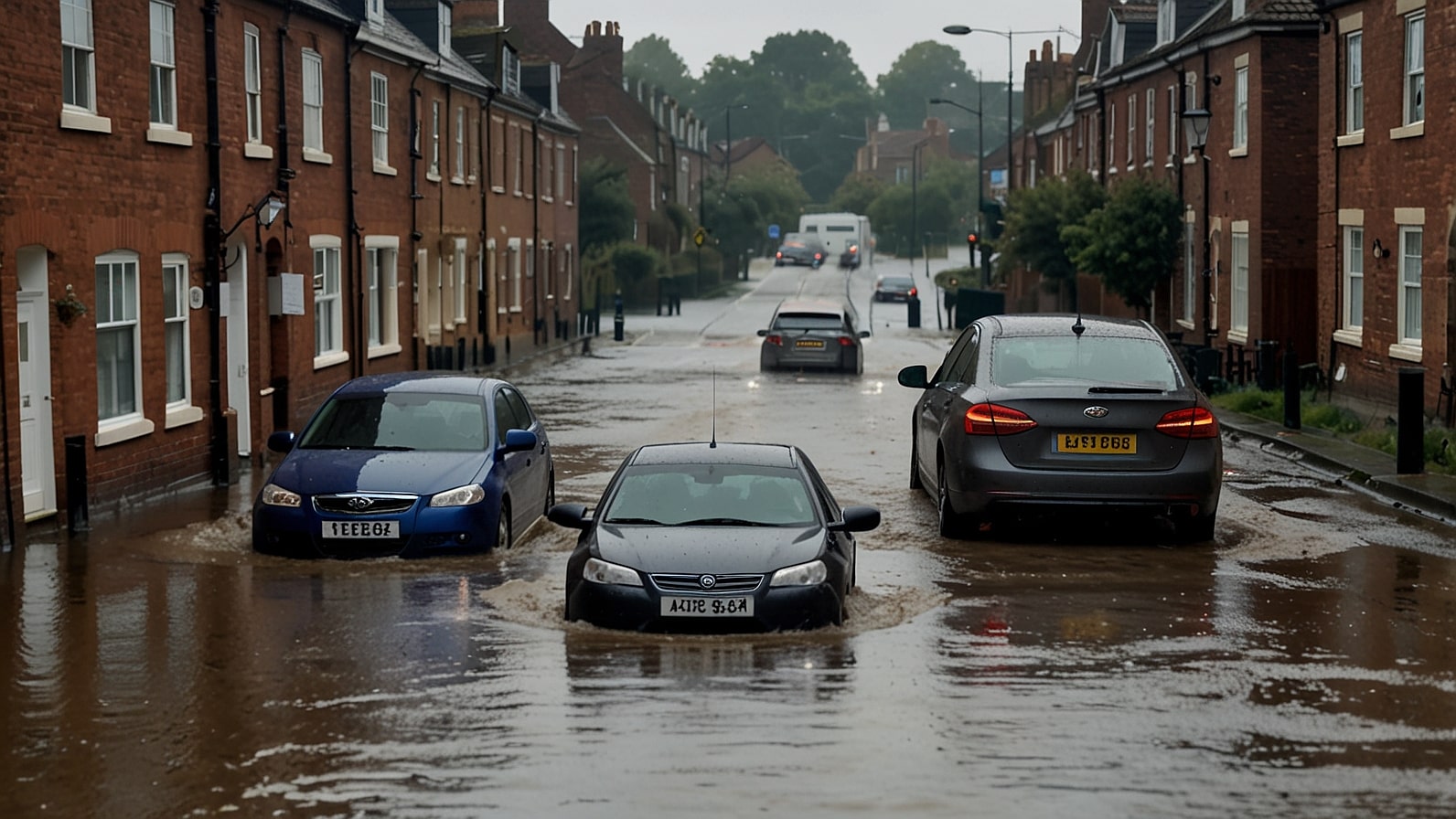The UK government has unveiled its decade-long plan to become a global leader in zero-emission vehicles, a bold approach to sustainable transport. The DRIVE35 strategy, set to receive a £ 2.5 billion barrier, aims to achieve this goal. Unveiled on August 18, 2025, this ambitious scheme aims to accelerate investment, advancement, and employment in the automotive industry, aligning with the Labour government’s vision of a zero-carbon future and net-zero emissions by 2050.
Green Mobility vision
The Department for Business and Trade illustrates the DRIVE35 strategy as the foundation of the modern industrial strategy of the UK. It is aimed at the large-scale production and uptake of electric and other zero-emission vehicles, where 0 to 3,000 high-skill jobs in the nation are created one day.
The plan holds direct funding of research and development at 1.5 billion pounds, along with one billion pounds of incentives offered to manufacturers to create or increase electric vehicle (EV) manufacturing sites in the United Kingdom. This action is anticipated to strengthen supply chains, specifically in the production of batteries, as well as increase the competitiveness of this country in the world automakers industry.
Business Secretary Jonathan Reynolds paid special attention to the importance of the strategy and added that DRIVE35 will make the UK the center of innovative auto technology. The plan will also cater to the creation of infrastructure, such as the expansion of EV charging networks, with the goal of installing 300,000 extra charging points by 2035. This is one of the significant obstacles in the adoption of EVs, and both city and country communities should be offered the possibility to use them.
Economic and Environmental Effects
It is estimated to support a total of up to 15,000 new jobs by the year 2030 and prioritise such areas as the West Midlands and the North East, which are traditional automotive heartlands. Through the focus on advanced manufacturing, DRIVE35 is consistent with the government’s Industrial Strategy, which aims to tackle long-standing structural economic weaknesses, including skills shortage and the lack of access to finance.
An additional £ 4 billion will be allocated to the British Business Bank to support the expansion of small and medium-sized businesses by promoting innovation in this sector. In the environmental sense, DRIVE35 is an important move to curb transport-induced carbon emissions that contribute to approximately one quarter of the UK’s total emissions.
This plan incorporates steps that will make sales of new petrol and diesel cars cease by 2030, furthering the agenda of the government, namely purer air and durable city design. Cooperation with its industry partners, including Make UK, has allowed the plan to consider the concerns faced by manufacturers, including the high energy bill, suggesting that it address it by cutting the cost of industrial electricity by up to 25%.
Industry and Affirmative Response
The car industry has taken the initiative well, with the CEO of Make UK, Stephen Phipson, terming it a major win in manufacturing in Britain. The emphasis of the strategy on long-term policy certainty, present in the minds of the industry leaders, is defended as the key to the attraction of investment. However, environmental movements have called for even faster action, arguing that although the DRIVE35 is beneficial, the government must ensure strong enforcement and set achievable timelines to meet the net-zero targets.
This has received mixed reactions amongst the citizens, with polls showing that there is a lot of support towards a greener transport system, but the affordability associated with EVs has raised concerns. The government has reacted to it by offering subsidies to low-income families to buy electric cars, as well as to businesses that will switch their fleet to electric ones.
Looking Ahead
As the DRIVE35 phase is underway, the government is facing a dilemma in balancing economic considerations with environmental ones. The key to the success of the strategy will rely on its successful realization, such as the timely renovation of the infrastructure and the training of the current workforce.
As the world competition in the wider EV industry continues to peak, a proactive stance adopted by the UK may serve as an example to other countries. Indeed, according to Prime Minister Sir Keir Starmer, DRIVE35 is all about ensuring the creation of a better future where Britain has a commanding lead on innovation and sustainability that will bring job creation and cleaner air to future generations. The initiative is a turning point in the UK, striving to reach a more sustainable and prosperous economy in the future.









